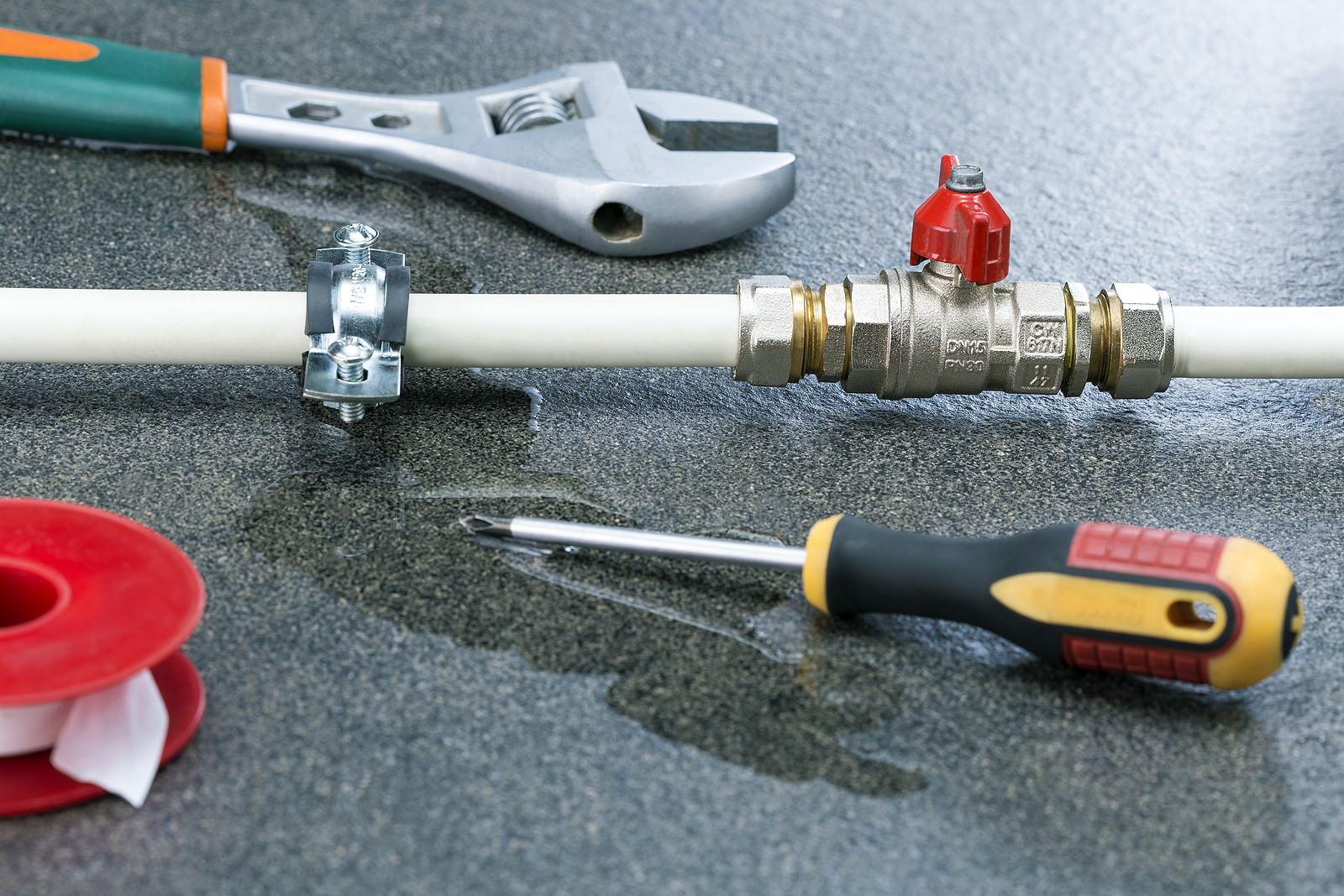6 Ways to Locate Hidden Water Leaks in Your House
6 Ways to Locate Hidden Water Leaks in Your House
Blog Article
Right here in the next paragraph you can locate additional excellent advice on the subject of Top leak detection hacks.

Early discovery of leaking water lines can minimize a prospective catastrophe. Aside from conserving you money, it will reduce the worry and also aggravation. The moment you find a leakage, calling your plumber for repairs is the very best remedy. Nonetheless, some little water leakages may not be visible. Below are some hacks that aid if you can not discover it with your nude eyes.
1. Examine the Water Meter
Every home has a water meter. Checking it is a guaranteed manner in which helps you find leakages. For beginners, switch off all the water sources. Make certain nobody will purge, use the tap, shower, run the washing equipment or dishwashing machine. From there, most likely to the meter and watch if it will alter. Given that no person is using it, there ought to be no motions. If it relocates, that indicates a fast-moving leak. Also, if you find no changes, wait a hr or two and inspect back once again. This indicates you might have a slow-moving leak that might also be below ground.
2. Inspect Water Usage
Examine your water costs and also track your water intake. As the one paying it, you should see if there are any kind of disparities. If you spot sudden changes, despite your consumption being the same, it means that you have leaks in your plumbing system. Bear in mind, your water costs need to drop under the very same array every month. An abrupt spike in your expense suggests a fast-moving leak.
At the same time, a constant rise each month, despite the same behaviors, reveals you have a sluggish leak that's additionally gradually escalating. Call a plumber to thoroughly examine your building, particularly if you feel a cozy area on your floor with piping below.
3. Do a Food Coloring Test
When it comes to water intake, 30% comes from toilets. If the shade in some way infiltrates your bowl throughout that time without flushing, there's a leakage between the container and bowl.
4. Asses Outside Lines
Don't forget to check your outside water lines also. Test spigots by affixing a garden pipe. Should water leak out of the link, you have a loose rubber gasket. Change this and also make certain all links are limited. It will certainly aid obtain it properly checked out and preserved annually if you've obtained a sprinkler system. One small leakage can squander lots of water as well as spike your water expense.
5. Examine the situation as well as check
Homeowners must make it a practice to check under the sink counters as well as also inside closets for any kind of bad odor or mold and mildew development. These 2 red flags suggest a leakage so punctual interest is called for. Doing routine evaluations, also bi-annually, can save you from a major issue.
Extra notably, if you understand your residence is already old, maintain a watchful eye on your heaters, tubes, pipes and so on. Look for stainings as well as deteriorating as many appliances as well as pipes have a life span. They will certainly likewise naturally wear away as a result of deterioration. Don't wait for it to intensify if you suspect leaking water lines in your plumbing system. Call a professional plumber right away so you do not wind up with a horrible mess in your home.
Early detection of leaking water lines can mitigate a potential disaster. Some little water leaks might not be noticeable. Checking it is a proven method that helps you find leaks. One little leakage can waste loads of water and also increase your water expense.
If you suspect dripping water lines in your plumbing system, don't wait for it to intensify.
WARNING SIGNS OF WATER LEAKAGE BEHIND THE WALL
PERSISTENT MUSTY ODORS
As water slowly drips from a leaky pipe inside the wall, flooring and sheetrock stay damp and develop an odor similar to wet cardboard. It generates a musty smell that can help you find hidden leaks.
MOLD IN UNUSUAL AREAS
Mold usually grows in wet areas like kitchens, baths and laundry rooms. If you spot the stuff on walls or baseboards in other rooms of the house, it’s a good indicator of undetected water leaks.
STAINS THAT GROW
When mold thrives around a leaky pipe, it sometimes takes hold on the inside surface of the affected wall. A growing stain on otherwise clean sheetrock is often your sign of a hidden plumbing problem.
PEELING OR BUBBLING WALLPAPER / PAINT
This clue is easy to miss in rooms that don’t get much use. When you see wallpaper separating along seams or paint bubbling or flaking off the wall, blame sheetrock that stays wet because of an undetected leak.
BUCKLED CEILINGS AND STAINED FLOORS
If ceilings or floors in bathrooms, kitchens or laundry areas develop structural problems, don’t rule out constant damp inside the walls. Wet sheetrock can affect adjacent framing, flooring and ceilings.
https://www.servicemasterbyzaba.com/blog/how-to-detect-water-leakage-in-walls/

I came across that blog entry about Hacks to detect leaks while doing a search on the internet. Appreciated our review? Please share it. Help somebody else locate it. We recognize the value of reading our article about Leaking water lines.
Report this page